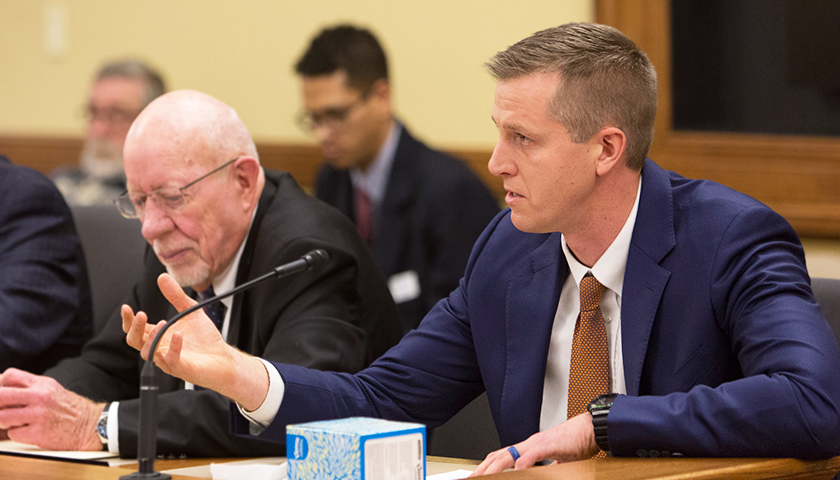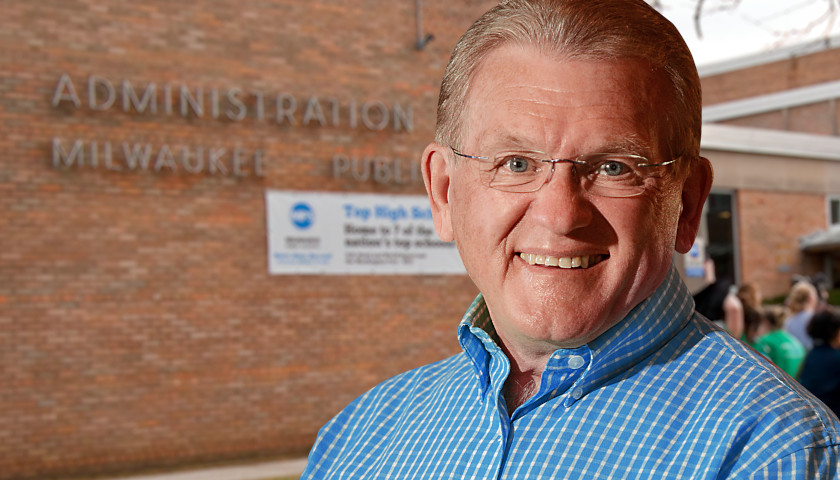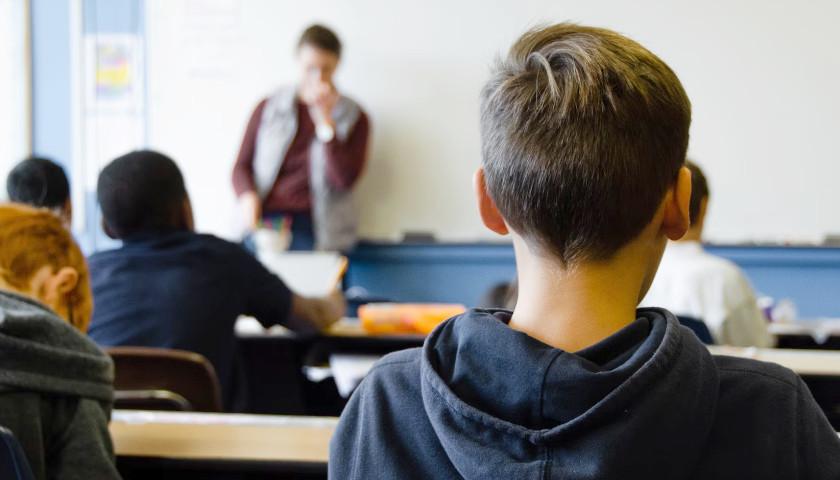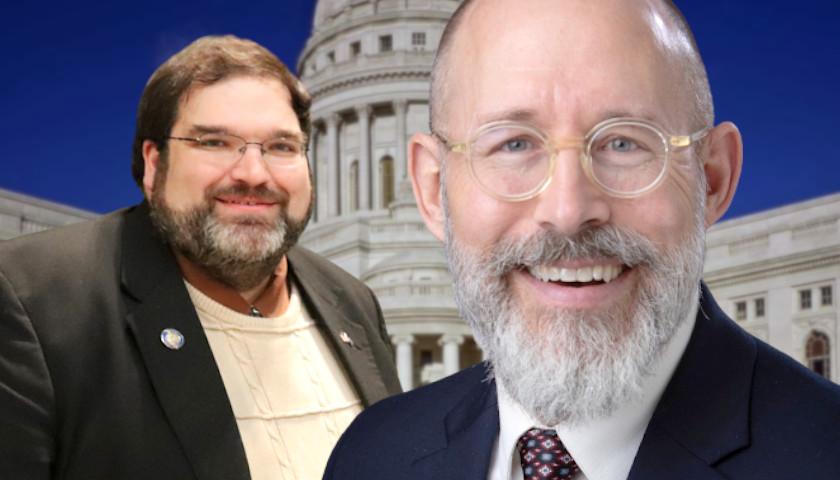by Benjamin Yount
One Wisconsin Republican says a recent report on school spending misses the mark.
Sen. Dale Kooyenga, R-Brookfield, said the report from The Reason Foundation is a bit misleading. The report places Wisconsin near the bottom of all states when it comes to new school spending over the past decade or so.
“The most money ever spent on education in Wisconsin came during the last four years of the Walker Administration,” Kooyenga told The Center Square on Monday. “And just because another state decides to spend more on their schools, that doesn’t mean our schools are worse.”
The Reason report says Wisconsin’s per-pupil spending, which it has at $14582, has gone up just over 5% since 2002, and has dropped about 0.6% since 2009.
Even with the slow growth compared to other schools, Wisconsin outspends 27 other states.
Kooyenga said simply looking at the growth in spending ignores the reality of school spending.
“There is very little connection between school spending and student performance,” Kooyenga said. “The massive amounts of COVID relief money that’s been poured into schools over the past two years will show us just what more money does in the classroom.
Part of the focus of the Reason report took a look at the growth in other benefits for schools across the country. The report shows that Wisconsin’s overall per-pupil instructional salary spending has actually dropped by nearly 6.5% since 2002.
Kooyenga said that is because healthcare costs have risen.
“Higher healthcare spending adds no value to the classroom,” Kooyenga said.
Though Kooyenga did say that Wisconsin is in much better shape because the state’s pension costs are under control.
“Other states, like Illinois, are seeing borrowing to pay their pension costs, and that’s money that cannot go into classrooms,” Kooyenga explained.
Democrats in Wisconsin, including Gov. Tony Evers, had said for years that Kooyegna and Republicans at the Capitol are underfunding the state’s schools.
Kooyenga said the focus on school spending needs to shift from what districts as a whole are getting, to how much money is available for kids to actually learn.
“There are different ways to look at school spending,” Kooyenga told The Center Square. “There is the district-level view and there is the teachers and teachers’ union view, but I think we need to have a student-focused view of how we pay for education in the state.”
– – –
Benjamin Yount is a contributor to The Center Square.





